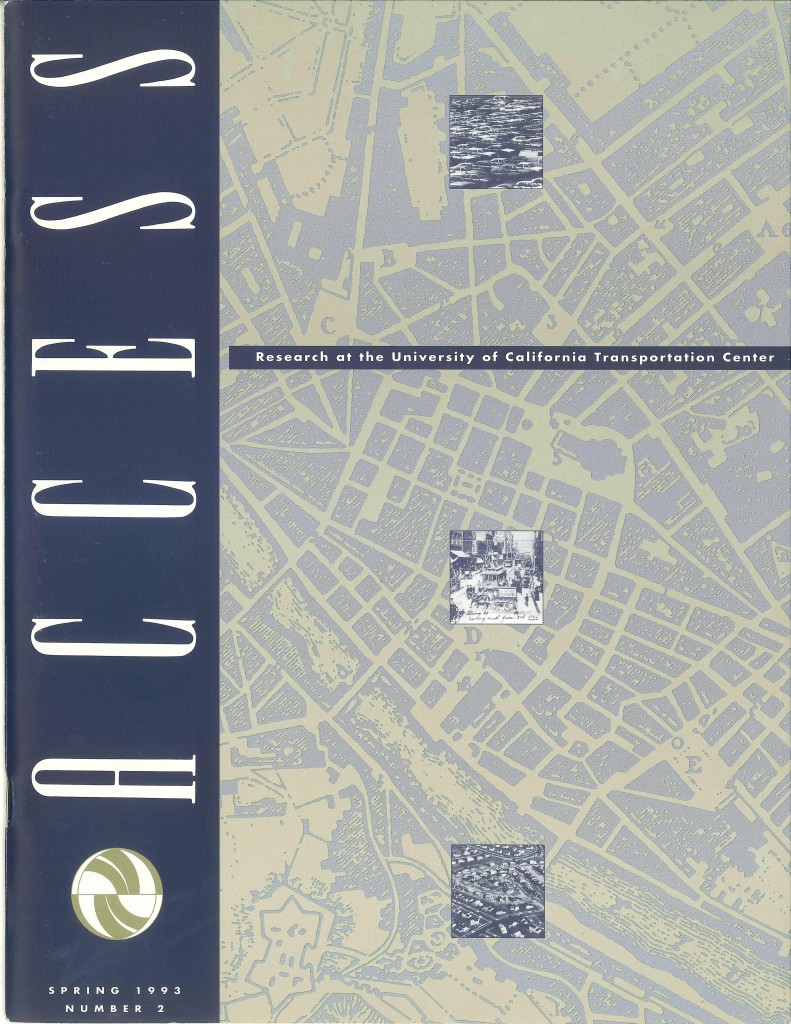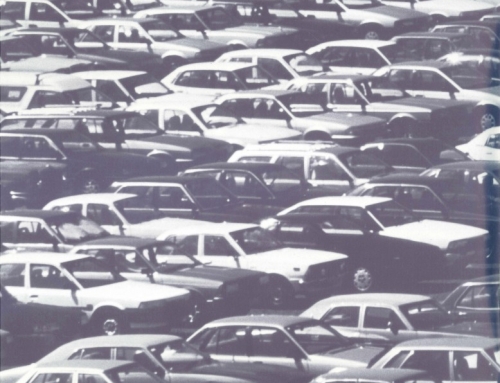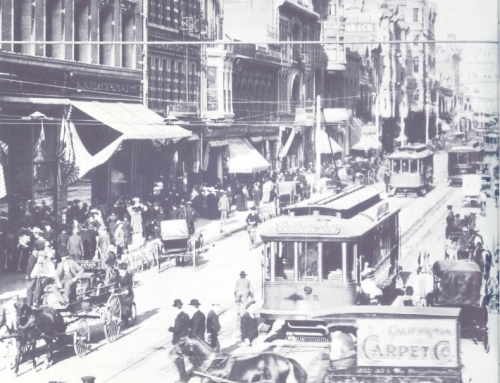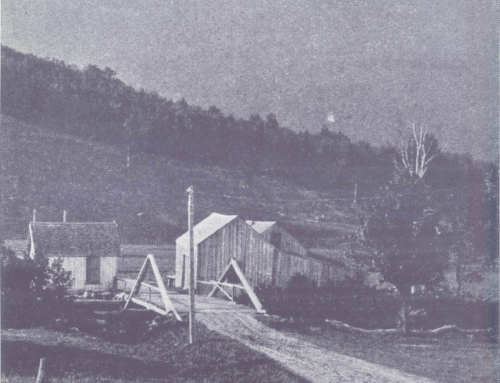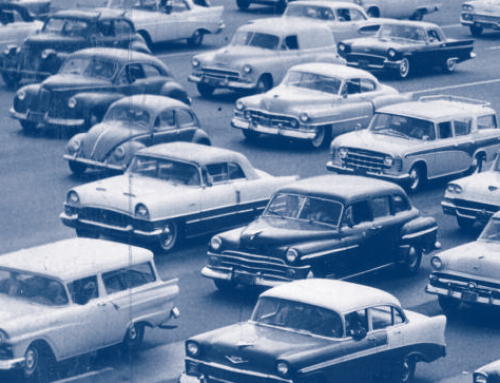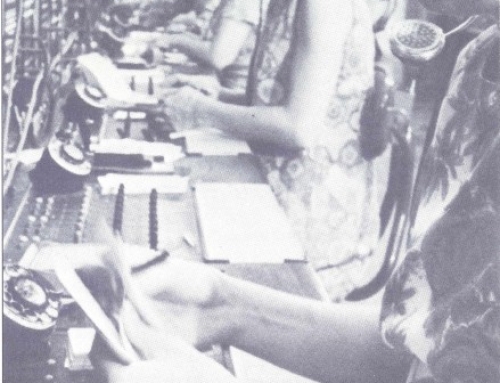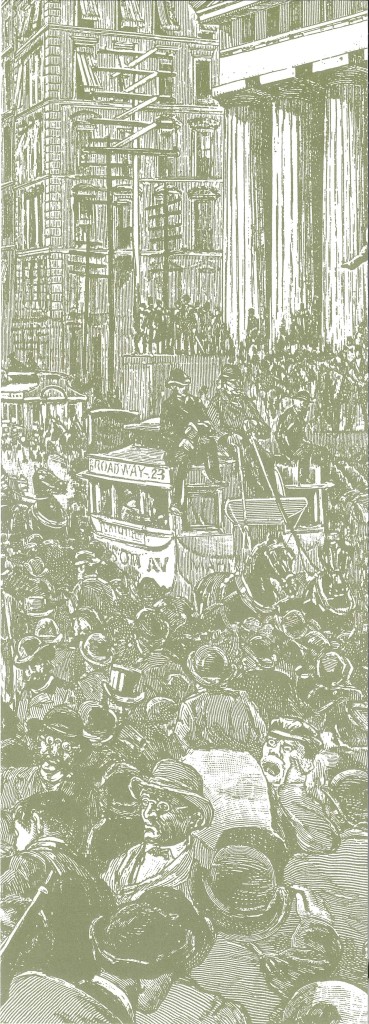 The first issue of ACCESS seems to have been well received, so we’re pleased to continue these summaries of our research. Paralleling the spurt of work on new transportation technology, there’s been renewed attention to institutional means for improving the nation’s transport system. We focus here on several such fiscal and organizational tools for decreasing solo driving, increasing transit riding, and thereby reducing highway congestion, air pollution, and energy consumption.
The first issue of ACCESS seems to have been well received, so we’re pleased to continue these summaries of our research. Paralleling the spurt of work on new transportation technology, there’s been renewed attention to institutional means for improving the nation’s transport system. We focus here on several such fiscal and organizational tools for decreasing solo driving, increasing transit riding, and thereby reducing highway congestion, air pollution, and energy consumption.
Don Shoup has been resolutely examining the effects of employer-paid parking and finds it a major cause of solo commuting. The California Legislature has now adopted his ingenious scheme for discouraging drive-alone commuting through cash payments in lieu of free parking. Here he’s proposing a revision in the U.S. Internal Revenue Code with a similar scheme that promises large benefits, presumably without opening new tax loopholes.
His article is followed by three that explore various road-pricing schemes. Ken Small explores the idea of congestion pricing–its theoretic rationale and its likely economic, political, and social outcomes. Dan Klein summarizes the history of the old toll roads in America, suggesting it offers lessons for the impending development of new roads. In turn, Pete Fielding invites colleagues elsewhere to join in monitoring the effects of new highways in Orange County that will employ both tolls and congestion prices as traffic-mitigation and revenue-raising measures.
Robert Cervero’s search for inducements to transit riding necessarily focuses on the suburbs where growth is most rapid. Suburban commuters’ origins, destinations, and schedules don’t match the operating characteristics of large-vehicle transit systems. So he explores some promising prospects for transit systems that operate more nearly like automobiles. In turn, Patricia Mokhtarian examines the travel and living patterns of those who are giving up on full-time commuting and have taken to working some days at home.
Although these approaches are basically institutional in character, some nevertheless rely on new technologies as well. Congestion pricing and toll collections now employ roadside electronic sensors reading charge cards in moving vehicles. In turn, the systems rely on sensors and computers that can monitor traffic volumes and modulate prices to accord. Cervero’s fancy demand-responsive transit vehicles rely on satellites to sense their locations and help dispatch them efficiently. And, of course, many of Mokhtarian’s telecommuters are using computers, phones, and faxes in their daily work.
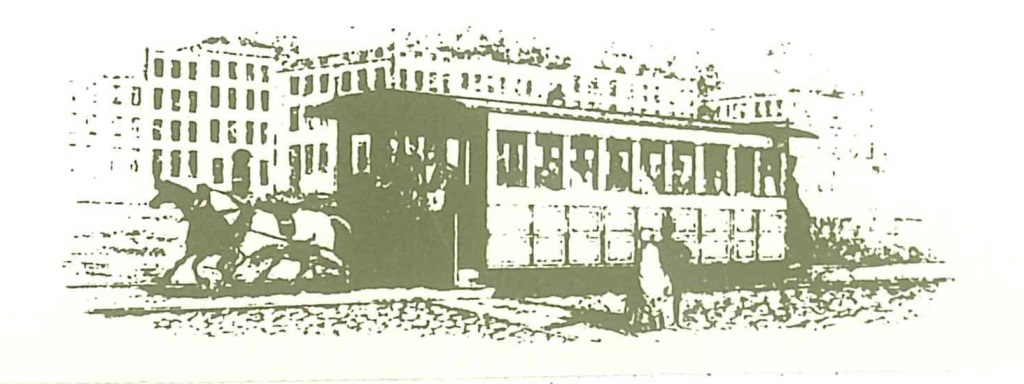
It’s evident that there’s a place for all sorts of researchers and designers in this enterprise. With the encouragement of the U.S. Department of Transportation and the California Department of Transportation (Caltrans), we here look forward to working with more and more of our colleagues in diverse disciplines and professions. And then, we plan to report on more of their research in future issues of ACCESS.
Melvin M. Webber
Center Director

